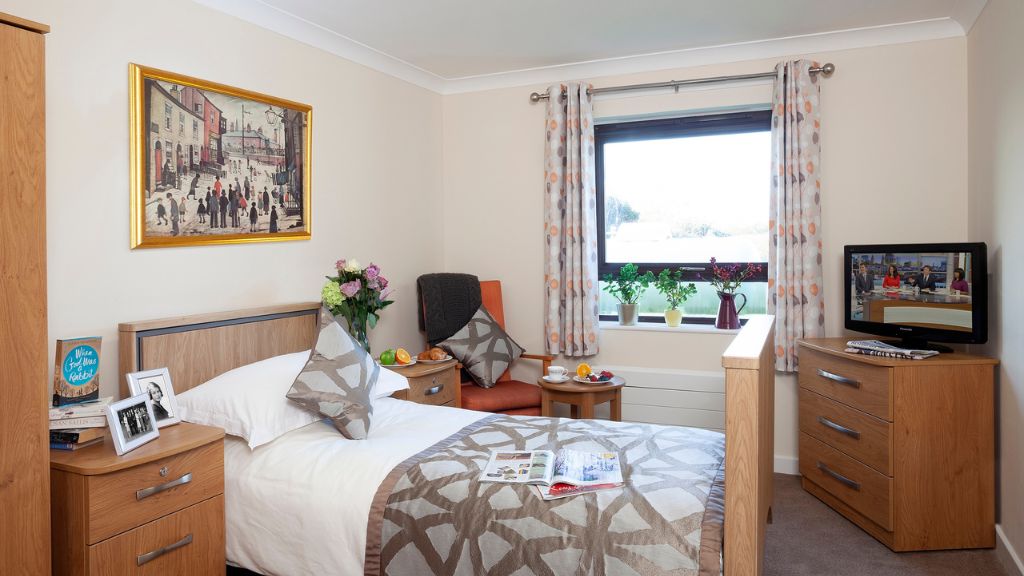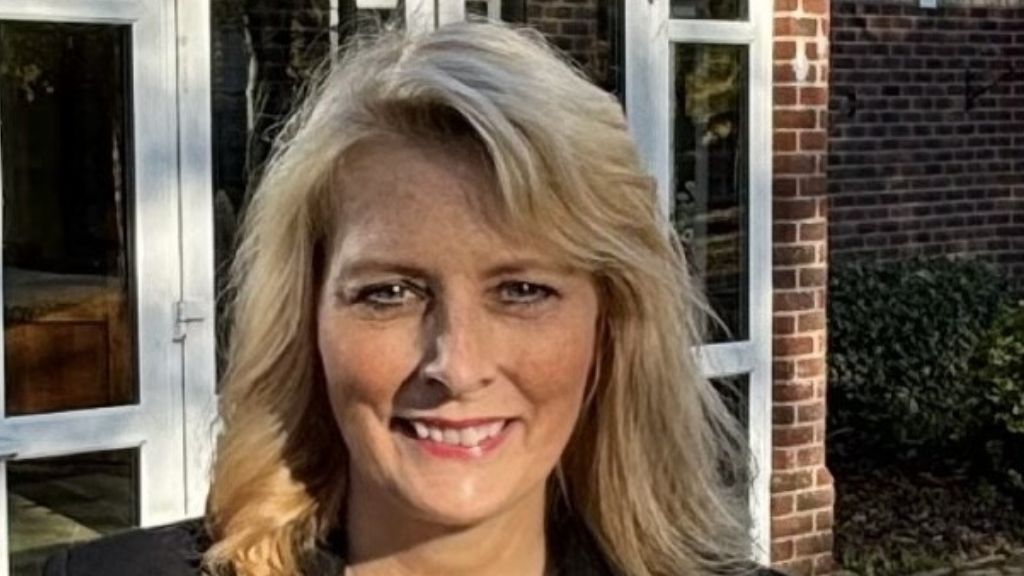Care home found ‘inadequate’ after staff resort to social media for training

An Essex care home has been given the worst possible rating by inspectors after one staff member was observed to have used social media to research dementia after an alleged lack of training by the operator.
The Care Quality Commission (CQC) has dropped the rating for Elmcroft Care Home from ‘requires improvement’ to ‘inadequate’ and placed the home into special measures to protect people, following an inspection that took place over dates in May and June.
Elmcroft Care Home is run by Elmcroft Care Home, but marketed as part of Abbey Healthcare, which operates 13 care homes across England. Elmcroft Care Home provides personal and nursing care to younger and older adults, including people living with dementia or physical disabilities. There were 46 people living in the home at the time of inspection.
This inspection was prompted by whistleblowers contacting the CQC with safety concerns and concerns around a poor culture. Healthcare professionals also shared concerns about staff lacking the skills to meet people’s needs.
The CQC has dropped the home’s rating from requires improvement to inadequate overall, for safe, for responsive, and for well-led. The CQC has dropped the home’s ratings for effective and caring from ‘good’ to ‘inadequate’.
As a result, the CQC has placed the home into special measures, meaning it will be kept under review and closely monitored to ensure people are kept safe. The CQC has also proposed taking further regulatory action, which the provider has the right to appeal.
Stuart Dunn, CQC deputy director of operations in the East of England, said: “We were deeply concerned by our findings at Elmcroft Care Home, which included serious risks to people’s safety, wellbeing, and human rights.
“We saw staff were trying their best to deliver safe, effective and dignified care, but were being let down by leaders who didn’t give them the tools or training to do so. Many didn’t know how to care for people living with dementia or mental health needs despite the home offering this service to people living there. We found one new staff member had resorted to researching dementia using social media because managers hadn’t given them training.
“We also found many people in the home had unexplained bruises and injuries, but these hadn’t been reported to ensure people were safe from abuse. A staff member told us the bruising was because managers hadn’t trained all staff on moving people safely. Leaders didn’t always report serious incidents, including a suicide attempt, to the local authority and CQC. This is legally required to ensure other agencies are aware and are able to intervene to keep people safe when they need to.
“Managers didn’t ensure there were enough staff, which was affecting people’s quality of life. Low staffing meant some people hadn’t been given regular showers, or supported to stay healthy and to do things they enjoyed. Despite this, one manager told us they considered the home overstaffed.
“Some staff were working up to 70 hours a week without regular breaks and told us about bullying, harassment, and racial discrimination from the home’s managers. Multiple staff told us they were frightened to raise concerns about people’s care. It’s vital staff feel able to speak up when things aren’t right as they can play a huge part in making improvements.
“Leaders at Elmcroft lacked oversight of the home and hadn’t acted on problems they did know about. Since our inspection, the home’s manager, deputy manager, and clinical lead have resigned, as has the provider’s regional director. The home does have a new manager in place now who is responsible for oversight.
“We’ve told them where immediate improvements must be made. We’re currently working with other organisations including the local authority and monitoring the home very closely to make sure people are kept safe while this happens. We’ve also proposed taking further regulatory action, which the provider currently has the right to appeal.”
Meanwhile, Mark Cloonan, director of Elmcroft Care Home, said: “We apologise for the failings highlighted in the Care Quality Commission’s (CQC) report and would like to emphasise that since the assessment undertaken by CQC in May and June 2024, we have implemented urgent whole-scale actions to remedy failings referred to in the report.
“This has included appointing a new management team at the home, and a new regional director.
“We are also working closely with the CQC and other key stakeholders, including the local authority, on bringing about root-and-branch changes to the home.
“This has included investing heavily in training for the team, adding subjects such as enhanced dementia, moving and handling, safeguarding, reporting and diversity training.
“The new leadership team has also prioritised supporting the team through transparent and open line management.
“We note CQC inspectors did find our care team trying their best to deliver safe, effective and dignified care. To support the team further, and in addition to increased training, we are reviewing all individual care plans for residents and working with residents and their families
to improve communication.
“We are confident that, in partnership with the local authority and CQC, we have already made large-scale improvements at the home, and it remains our utmost priority to continue to do so.”
Inspectors also found:
- People and their relatives weren’t always involved in planning their care. Inspectors saw many people’s care plans were generic, incomplete, or inaccurate. These also didn’t always include people’s preferences or protect peoples’ rights;
- People’s risk assessments were often poor or incomplete, including for serious concerns such as suicidal thoughts and sexual safety risks. This meant nothing had been done to reduce some of these risks;
- Elmcroft hadn’t always considered the best way to provide care to people needing 24 hour 1:1 care in the least restrictive way possible. More consideration needed to be given as to how they were providing this level of care in a way that would minimise the impact on people’s human rights and potential distress at the lack of privacy. For example, four members of staff were present when one person was showering;
- Outside professionals said staff didn’t understand people’s healthcare needs and were often slow to seek care for people. In one case, staff hadn’t noticed a person’s eyes were both inflamed;
- People weren’t protected from infection. Some areas of the home were unclean and smelled bad. One acting manager who knew they had COVID-19 had come into the home to get a laptop, which risked infecting people living there;
- Staff described experiences of racial discrimination against them from leaders. This also had the potential to impact people of different cultural backgrounds living in the home. Managers had threatened to take away Home Office Sponsorship licenses from staff who came to work from overseas;
- When things went wrong, leaders didn’t make sure lessons were learned to protect people in future. This meant some mistakes could be repeated;
- Leaders didn’t have the skills or knowledge to run the home well. The provider had failed to make improvements the CQC recommended after the home’s last inspection.



